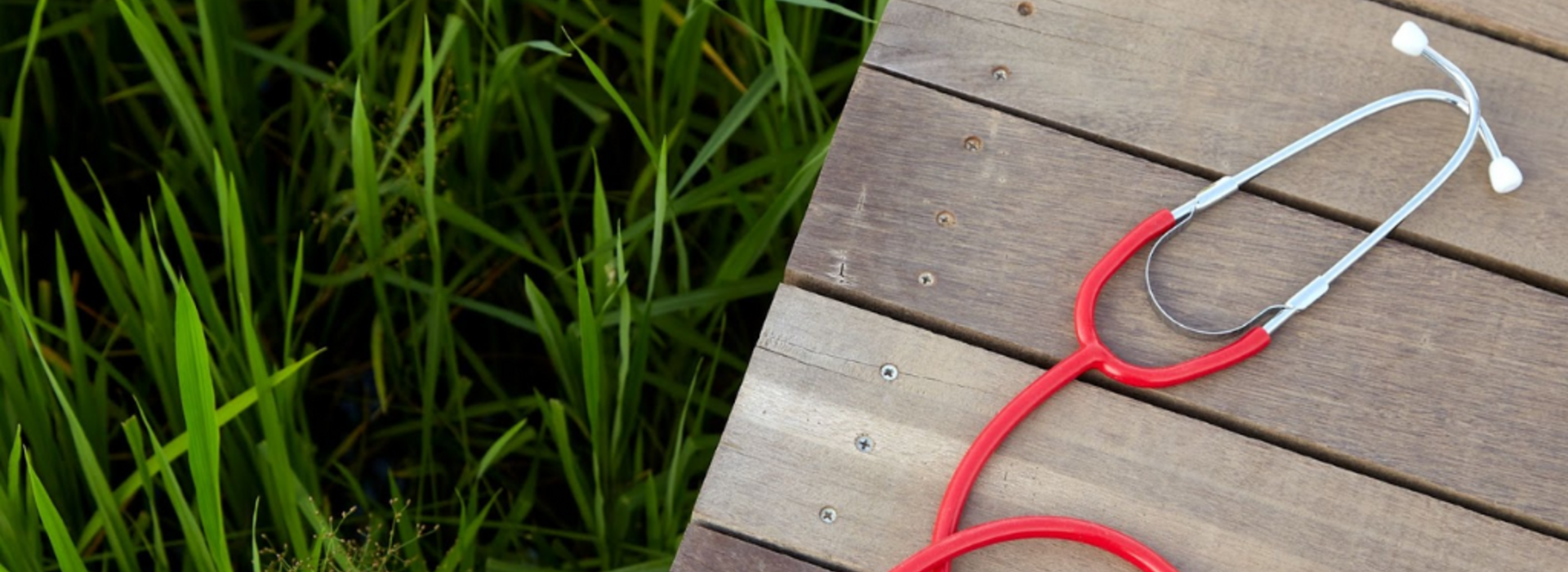
How healthcare professionals choose where to live and work
MINNEAPOLIS/ST. PAUL (05/04/2023) — Published in JAMA Network Open, University of Minnesota Medical School and School of Public Health researchers studied where health care professionals work in the state and how they chose that community. In partnership with the Minnesota Department of Health (MDH), the researchers aimed to identify the strongest predictors of health care providers’ decision to practice in rural areas in order to identify ways to increase the rural health care workforce.
“Rural communities face severe health care workforce shortages. Most studies have not been able to provide more complex analyses that shed light on how these factors work together to create a ‘rural health care professional’,” said the study’s senior author, Andrew Olson, MD, associate professor at the U of M Medical School.
The study found that growing up in a rural area was the strongest predictor of rural practice. However, even after controlling for that critical relationship, three other variables had a significant impact:
- The ability to receive loan forgiveness;
- Having an education program that prepares for rural practice; and,
- Autonomy and broad scope of practice
While growing up in a rural area is the strongest predictor of choosing to practice in a rural area, there are effective policy interventions that may help improve the severe maldistribution of the healthcare workforce. These include rural-focused educational programs and loan forgiveness grants. Further, health care systems seeking to recruit rural health care professionals can focus on these factors, especially the special characteristics of rural health care practice and partnering with educational institutions to build rural education programs.
“These results are especially relevant to the U of M Medical School as it continues its work to add a new regional campus in St. Cloud and build on the experience and success of our Duluth regional campus, with the goal of increasing the rural physician workforce. The findings in this study reinforce the need to develop pipeline programs into medical schools for students from rural areas and to educate them in a rural setting,” said Mark Rosenberg, MD, vice dean for education and academic affairs at the U of M Medical School.
Other significant factors varied by profession. For instance, rural physicians and advanced practice registered nurses (APRNs) value having a broad scope of practice and autonomy in their practice.
Lifestyle and area considerations, as well as financial incentives outside of loan forgiveness were not associated with rural practice after controlling for growing up in a rural area. Family considerations were associated with rural practice for RNs only.
Pulled from the Minnesota’s Nursing and Medical Practice Licensing Boards and MDH’s 2021-2022 Healthcare Workforce Survey, the population studied were all actively-licensed Minnesota physicians, physician assistants, APRNs and registered nurses (RNs) in 2022. MDH survey response rates ranged from 62% (for RNs) to 95% (for physicians) for a total of 32,086.
“We are fortunate in Minnesota to have access to this rich dataset and fruitful partnerships that allow us to study these issues comprehensively. We believe our research findings can be used by rural communities to recruit and retain desperately needed health care professionals so that Minnesota families have better access to health care when they need it,” said Teri Fritsma, lead health care workforce analyst for MDH.
Further research will look to help rural communities gain access to mental health care given the dire lack of rural mental health care providers and examine the relationship between loan forgiveness and the decision to remain in practice in rural communities. Researchers know that loan forgiveness is an effective tool, but they want to look more deeply into exactly why, how, and for whom it works best.
“Rural health care worker shortages are long-standing and troubling, and this study is one of the first to pull together multiple data streams to begin to develop evidence-based solutions to better approach this problem,” said Dr. Olson.
The study was funded by an Academic Investment for Education Program grant at the U of M Medical School.
###
About the University of Minnesota Medical School
The University of Minnesota Medical School is at the forefront of learning and discovery, transforming medical care and educating the next generation of physicians. Our graduates and faculty produce high-impact biomedical research and advance the practice of medicine. We acknowledge that the U of M Medical School, both the Twin Cities campus and Duluth campus, is located on traditional, ancestral and contemporary lands of the Dakota and the Ojibwe, and scores of other Indigenous people, and we affirm our commitment to tribal communities and their sovereignty as we seek to improve and strengthen our relations with tribal nations. For more information about the U of M Medical School, please visit med.umn.edu.
For media requests, please contact:
Ezra Xiong
Communications Specialist
xion1913@umn.edu
University of Minnesota Medical School